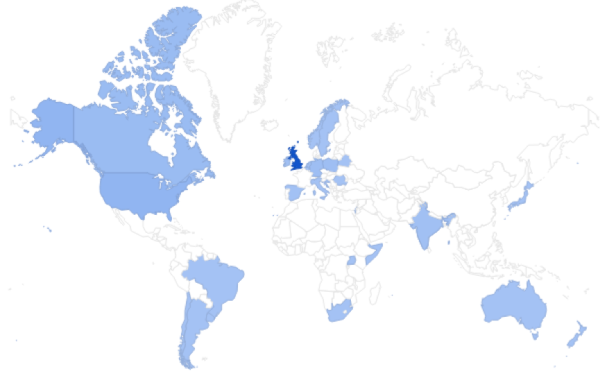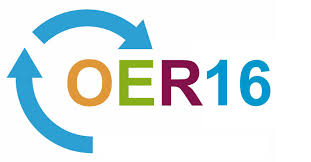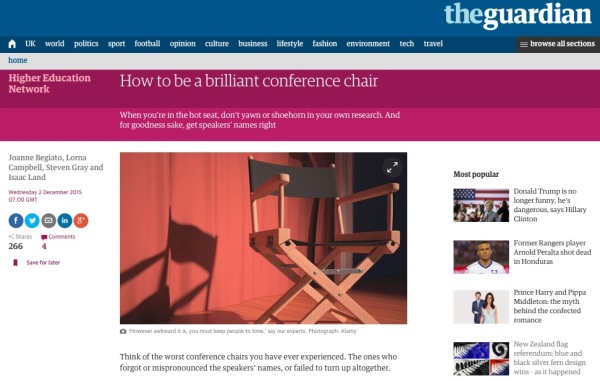
Based on an original painting by Omar Ibrahim, designed by Julien Taquet.
Towards the end of last year, following an invitation from Adam Hyde of booksprints.net, I wrote a contribution for a free and open online book called The Cost of Freedom. The book is dedicated to Syrian internet volunteer and open knowledge advocate Bassel Khartabil, باسل خرطبيل, who has been detained in Syria since March 2012. On the 3rd October 2015 Bassel’s name was deleted from the Adra Prison’s register where he was detained and no further information has been obtained about his whereabouts.
The Cost of Freedom is not a statement about freedom and culture — it is a primal scream — the sum of our questions and desires. It is the raw expression of our lives. It talks about what is ultimately made through the dream of free culture: us.
~ The Cost of Freedom
The book was written in Pourrières in France during a five day book sprint in early November 2015, with additional contributions being submitted by writers from all over the world. Here’s my contribution, a personal reflection on what openness means to me.
The Open World
In Open is not a License Adam Hyde has described openness as
‘a set of values by which you live…a way of life, or perhaps a way of growing, an often painful path where we challenge our own value system against itself.’
To my mind, openness is also contradictory. I don’t mean contradictory in terms of the polar dichotomy of open vs. closed, or the endless debates that seek to define the semantics of open. I mean contradictory on a more personal level; openness raises contradictions within ourselves. Openness can lead us to question our position in the world; our position in relation to real and perceived boundaries imposed from without and carefully constructed from within.
In one way or another I have worked in the open education space for a decade now. I have contributed to open standards, created open educational resources, developed open policy, written open books, participated in open knowledge initiatives, facilitated open events, I endeavour to be an ‘open practitioner’, I run a blog called Open World. However, I am not by nature a very open person; my inclination is always to remain closed. I have had to learn openness and I’m not sure I’m very good at it yet. It’s a continual learning experience. Openness is a process that requires practice and perseverance. (Though sometimes circumstances leave us with little choice, sometimes it’s open or nothing.)
And of course, there is a cost; openness requires a little courage. When we step, or are pushed, outside our boundaries and institutions, it’s easy to feel disoriented and insecure. The open world can be a challenging and unsettling place and it’s easy to understand the impulse to withdraw, to seek the security of the familiar.
When large scale open education funding programmes first started to appear, (what an impossible luxury that seems like now), they were met with more than a little scepticism. When a major OER funding initiative was launched in the UK in 2009 (UKOER), the initial response was incredulity (OER Programme Myths). Surely projects weren’t expected to share their resource with everyone? Surely UK Higher Education resources should only be shared with other UK Higher Education institutions? It took patience and persistence to convince colleagues that yes, open really did mean open, open for everyone everywhere, not just open for a select few. One perceptive colleague at the time described this attitude as ‘the agoraphobia of openness’(1).
Although open licences and open educational resources are more familiar concepts now, there is still a degree of reticence. An undercurrent of anxiety persists that discourages us from sharing our educational resources, and reusing resources shared by others. There is a fear that by opening up our resources and our practice, we will also open ourselves up to criticism, that we will be judged and found wanting. Imposter syndrome is a real thing; even experienced teachers may fail to recognise their own work as being genuinely innovative and creative. At the same time, openness can invoke a fear of loss; loss of control, loss of agency, and in some cases even loss of livelihood. Viewed through this lens, the distinction between openness and exposure blurs.
But despite these costs and contradictions, I do believe there is inherently personal and public value in openness. I believe there is huge creative potential in openness and I believe we have a moral and ethical responsibility to open access to publicly funded educational resources. Yes, there are costs, but they are far outweighed by the benefits of open. Open education practice and open educational resources have the potential to expand access to education, widen participation, and create new opportunities while at the same time supporting social inclusion, and creating a culture of collaboration and sharing. There are other more intangible, though no less important, benefits of open. Focusing on simple cost-benefit analysis models neglects the creative, fun and serendipitous aspects of openness and, ultimately, this is what keeps us learning.
In the domain of knowledge representation, the Open World Assumption ‘codifies the informal notion that in general no single agent or observer has complete knowledge’. It’s a useful assumption to bear in mind; our knowledge will never be complete, what better motivation to keep learning? But the Open World of my blog title doesn’t come from the domain of knowledge representation; it comes from the Scottish poet Kenneth White (2), Chair of 20th Century Poetics at Paris-Sorbonne, 1983-1996, and a writer for whom openness is an enduring and inspiring theme. White is also the founder of the International Institute of Geopoetics, which is ‘concerned, fundamentally, with a relationship to the earth and with the opening of a world’ (3). In the words of White:
no art can touch it; the mind can only
try to become attuned to it
to become quiet, and space itself out, to
become open and still, unworlded (4)
disquiet ambient/electronica have recorded a number of the contributions to the book, including mine, which you can listen to here.
References
- I cannot remember who said this, but the comment has always stayed with me.
- White, K., (2003), Open World. The Collected Poems, 1960 – 2000, Polygon.
- White, K., (2004), Geopoetics: place, culture, world, Alba.
- White, K., (2004), ‘A High Blue Day on Scalpay’ in Open World. The Collected Poems, 1960 – 2000, Polygon.
Links
 I was surprised and delighted to be included in a blog post from the Open Educational Practices in Scotland project today marking International Women’s Day – Women in OER. The post celebrates some of the women the project has worked with and I’m honoured to be named alongside such influential open education practitioners as Laura Czerniewicz, Josie Fraser and my old colleague Allison Littlejohn.
I was surprised and delighted to be included in a blog post from the Open Educational Practices in Scotland project today marking International Women’s Day – Women in OER. The post celebrates some of the women the project has worked with and I’m honoured to be named alongside such influential open education practitioners as Laura Czerniewicz, Josie Fraser and my old colleague Allison Littlejohn.










